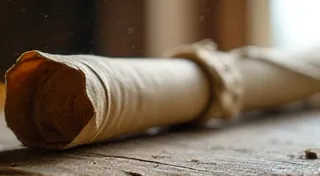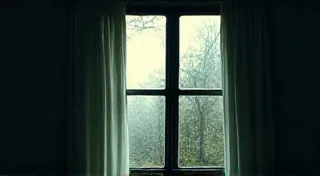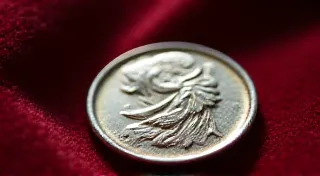Chromatic Aberrations & the Alchemy of Imperfection: Embracing Flaws in the Analog Revival
The digital age has ushered in an era of relentless perfection. Images are sharpened, colors corrected, blemishes erased—all in the pursuit of a simulated reality. But step back, turn away from the sterile glow of the monitor, and consider the tangible beauty of the analog world. Particularly, the world of vintage film cameras. For within those antique bodies, cradled by seasoned metal and glass, lies a profound and often overlooked truth: the imperfections aren't flaws, they're the very essence of the experience.
I remember the first time I truly understood this. I was a teenager, rummaging through a dusty antique shop, drawn to a battered Nikon F. It wasn't pristine; the leatherette was peeling, the chrome was pitted, and a faint smell of aged lubricant clung to it. It was far from the ‘perfect’ equipment I’d seen in magazines, the kind that promised technical supremacy. I bought it almost on a whim, drawn by something intangible – a feeling of history, a sense of something real.
The first few rolls of film I shot weren't exactly masterpieces. Light leaks created streaks of unintended color across the frame. Dust motes danced in the light, appearing as tiny, ephemeral stars. The lens, not perfectly calibrated, produced a subtle but noticeable chromatic aberration – a fringing effect along high-contrast edges. Initially, I was frustrated. I’m used to digital precision, to instant gratification. I saw these anomalies as errors, things to be corrected.
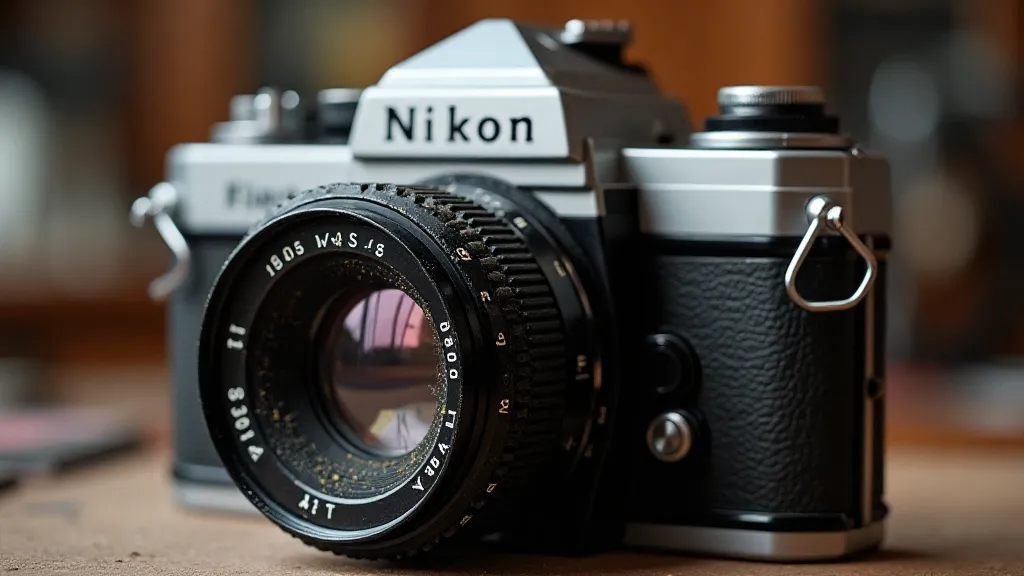
The History of Imperfection: A Legacy of Craftsmanship
But then I started to learn. I began to see that these imperfections weren’t random occurrences; they were signatures, echoes of a different era. These weren't cameras churned out by automated processes; they were meticulously crafted by skilled artisans, each piece bearing the mark of human hands. The chromatic aberration, for example, was often a consequence of the lens design—a byproduct of the complex optical calculations required to produce a relatively affordable and compact lens in a time before advanced computer modeling. Understanding the intricacies of lens design and its history is a fascinating journey, and if you're interested in a deeper dive, you might find adapting vintage lenses to modern digital cameras a rewarding pursuit.
Think about it: in the mid-20th century, photographic lenses weren't manufactured with the level of microscopic precision we have today. Tolerances were wider, materials were different. Achieving sharpness and correcting aberrations was a monumental challenge. These early lenses, while certainly impressive feats of engineering, often exhibited characteristics that we now consider ‘flaws.’ But those “flaws” were, in a way, a testament to the ingenuity and resourcefulness of the engineers and craftsmen who built them.
Furthermore, the cameras themselves were built to last. They were constructed from robust metals—brass, steel—designed to withstand years of use. The leatherette, meticulously applied by hand, provided a comfortable grip and added a touch of elegance. These were tools meant to be passed down through generations, imbued with stories and memories. Maintaining these cameras, especially when attempting a restoration, often requires specific tools and a bit of know-how. If you are considering a restoration project, exploring essential tools for camera repair can be a great starting point.
Embracing the Unpredictable: A Different Kind of Beauty
The digital pursuit of perfection seeks to eliminate the unpredictable. It strives for repeatability, for identical results every time. But in doing so, it sacrifices something vital: the element of surprise. The magic of analog photography, particularly with vintage cameras, lies in that very unpredictability. The light leak that paints a vibrant streak across the frame can transform an ordinary landscape into something extraordinary. The dust mote that appears as a tiny star can add a touch of whimsy and mystery. The chromatic aberration, far from being a defect, can create a painterly softness and a unique visual signature.
This isn't to say that technical accuracy is unimportant. Sharpness, proper exposure, and accurate color rendition are all desirable qualities. But they shouldn’t be the sole focus. There’s a richness and depth to images that embrace the imperfections, a quality that’s often missing in the digital realm. It's a visual language that speaks of a different aesthetic, one that values character and authenticity over sterile perfection.
Restoring vintage cameras isn't simply about bringing them back to factory-fresh condition. It’s about preserving their character, their history. A little bit of wear and tear, a few subtle imperfections, are part of what makes them special. Overly aggressive restoration can strip away that character, turning a unique artifact into something generic and lifeless. The sentimental value attached to these cameras is often as important as their mechanical function. The ghost in the gears—that feeling of connection to the past—is what truly makes them cherished possessions.
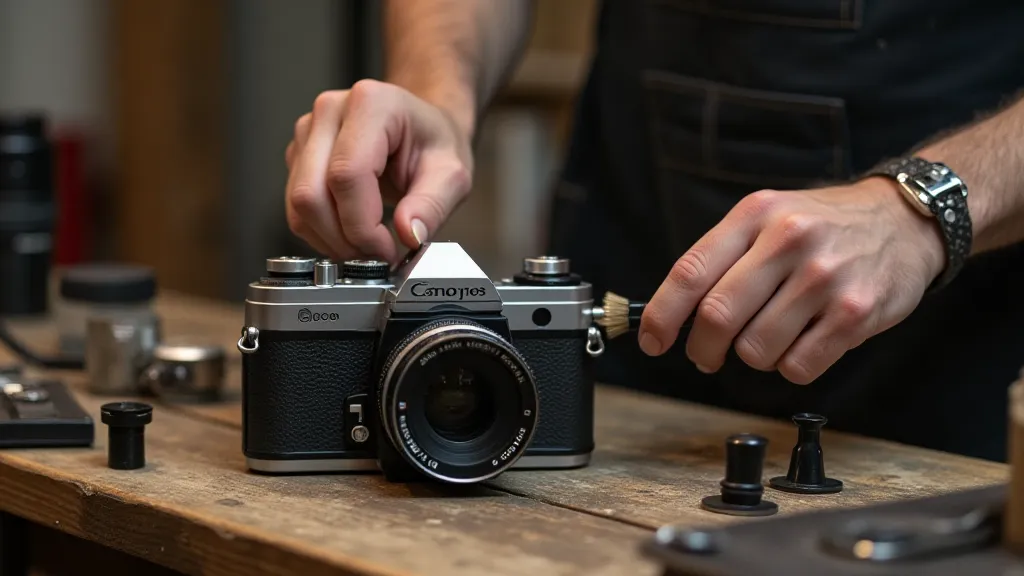
Learning from Limitations: A Counterpoint to Digital Overload
The limitations of vintage film cameras can also be incredibly instructive. They force you to slow down, to be more deliberate in your approach. You can’t simply shoot hundreds of frames and delete the bad ones. Every shot counts. You have to think about composition, about exposure, about the light. You have to be present in the moment, paying attention to the details. Ensuring accurate exposures with vintage equipment can be a challenge, requiring careful attention to the chronometer's hum—the delicate calibration of shutter speeds.
Furthermore, these limitations foster creativity. They challenge you to find ways to work around the imperfections, to turn them into strengths. A light leak, for example, can be used to create a sense of atmosphere or to draw the viewer’s eye to a particular element in the frame. The chromatic aberration can be embraced as a way to soften the image and create a painterly effect.
In an age of digital overload, the tangible experience of shooting with a vintage film camera can be incredibly grounding. The feel of the metal body in your hands, the click of the shutter, the anticipation of seeing the developed images—these are all part of the magic.
My Nikon F, now more than 50 years old, has become more than just a camera. It's a connection to the past, a reminder of a different era, a testament to the enduring power of human craftsmanship. And those ‘flaws’—the light leaks, the dust motes, the chromatic aberration—they're not imperfections; they're part of its story. They're what make it unique. They're what make it beautiful.
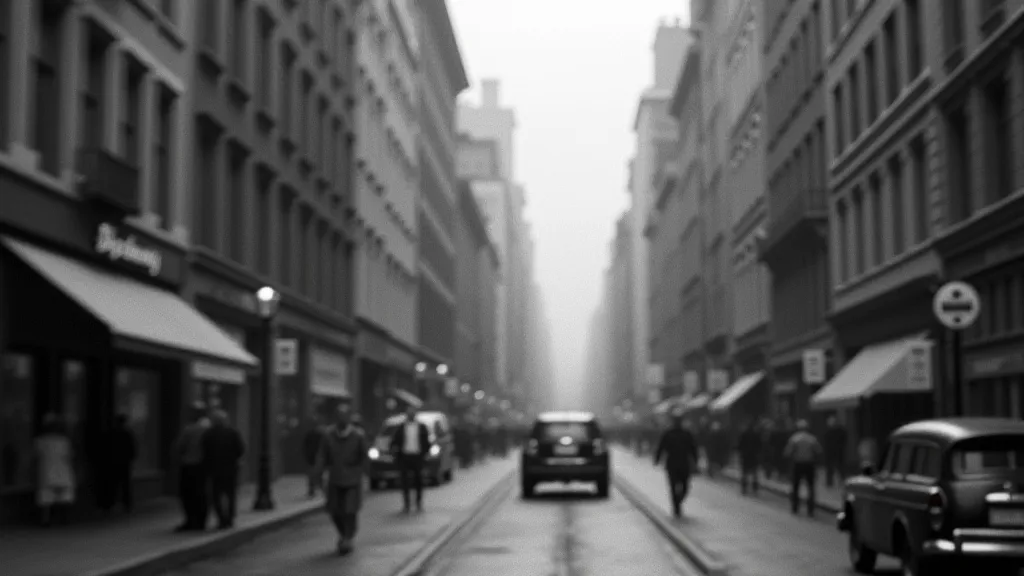
Beyond the Lens: The Joy of Collecting
The pursuit of antique cameras extends beyond simply taking photographs; it's a journey into a rich and fascinating history. Collecting these cameras isn't about accumulating possessions; it’s about preserving a legacy. Each camera represents a specific era, a particular technological advancement, a unique design aesthetic. The dedication and artistry involved in their manufacture often reflect the prevailing social and economic conditions of their time. Understanding these historical contexts adds another layer of appreciation for the objects themselves.
And for those willing to delve deeper, the world of antique camera collecting offers a wealth of knowledge to be gained—from the intricacies of lens design to the history of photographic manufacturing. It’s a community built on shared passion, where stories and experiences are exchanged freely.
The allure of these cameras isn't just about their ability to capture images; it's about the connection they offer to a time when craftsmanship was valued above mass production, and when every photograph was a deliberate act of creation. They serve as tangible reminders of a slower pace of life, a time when the process was as important as the result.
Furthermore, the continued interest in vintage cameras highlights a broader cultural shift towards appreciating the imperfections and unique characteristics that distinguish handcrafted objects from their mass-produced counterparts. This appreciation extends beyond photography, influencing trends in design, fashion, and other creative fields.
Ultimately, collecting and using vintage cameras isn’t just a hobby; it’s a way of connecting with the past, embracing imperfections, and rediscovering the joy of deliberate creation.

